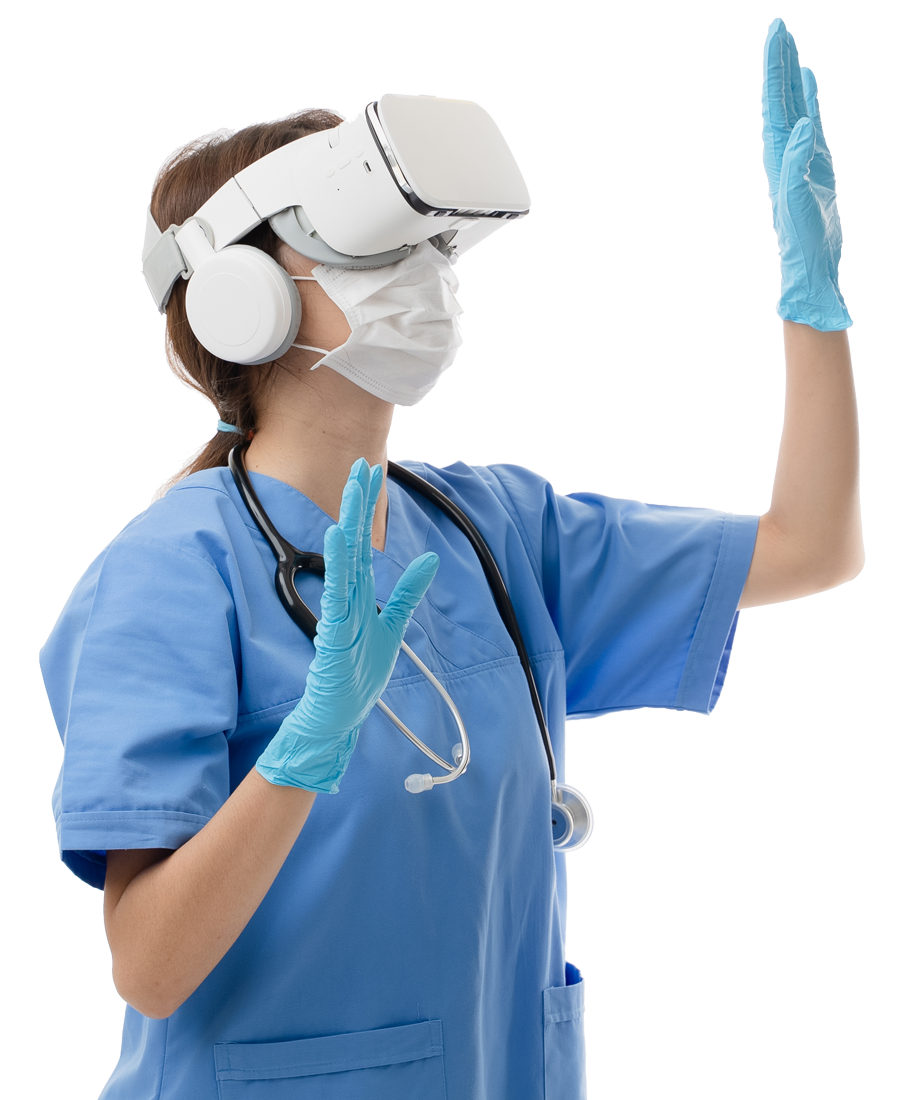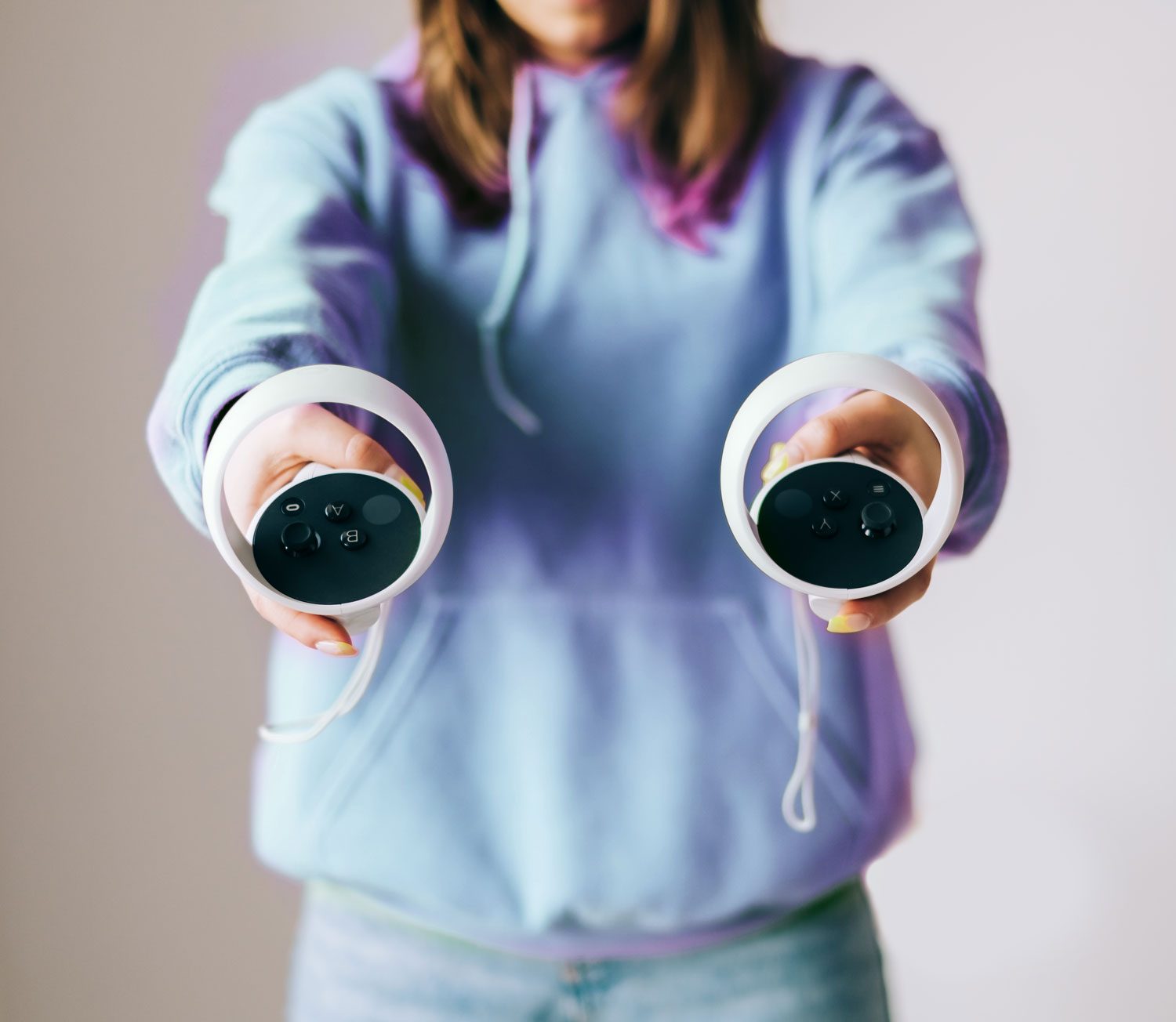We train today's healthcare professionals with tomorrow's virtual technology
“SURGEONS TRAINED WITH VIRTUAL REALITY ARE 29% FASTER AND MAKE 6 TIMES FEWER MISTAKES THAN THOSE WHO LEARN VIA TRADITIONAL LEARNING.”
How we do it?
01
Project analysis
The Kauka team designs the virtual reality training modules tailored to the client.
02
We design the training
The Kauka team designs the virtual reality training modules tailored to the client.
03
We programme the modules
Our programmers develop the virtual training module for the chosen health process. The module can be run in training mode (with a step-by-step guide) or in evaluation mode (with challenges that the student must overcome on their own).
04
We build training programmes
Via our SAVI platform we offer a learning assessment system, in addition to providing instructors with a personalised tracking tool for each student.
SAVI is an online and multi-support system that allows the teaching team to:

It has been proven that:
FAQs
Healthcare training has become a major challenge.
Forced to use expensive materials and face-to-face laboratories, training centres are looking for other cheaper and more effective alternatives, such as virtual reality.
With the costs of this technology having considerably diminished, and with ease-of-use increasing, both public and private sectors have adopted this technology with impressive results.
Virtual reality moves the user into a computer-generated artificial environment. The virtual reality goggles block out the outside world and the user can interact with the alternative universe presented to them with total freedom.
After loading the application on a PC or console, the virtual simulation begins when the user puts on the goggles and familiarises him/herself with the movement controls. Virtual reality goggles function as immersive screens which fool the brain into believing that it sees a 3D image of a new environment, whether realistic or fictional.
To simulate the depth of that space, each eye is shown a scene from two slightly different angles, and the content is modified via various effects such as parallax, whereby distant objects appear to go slower.
In addition, specific sensors are used to detect user movements.
Unlike the totally synthetic universes created with virtual reality, augmented reality (AR) projects computer-generated interfaces, simulations, or images on to the real world.
A clear example of AR is the popular mobile game Pokemon Go.
In this case, the user captures the world around them using their smartphone’s camera and the Pokémon Go application then superimposes the Pokémon game onto the user’s real environment, enabling them to interact with it through their Smartphone.
- Training and assessment of surgeons in relation to new and infrequently performed procedures.
- VR makes it possible to “explore” technologies and techniques so that healthcare professionals can learn more quickly about procedures that are best for patients without relying on travel and conferences.
- Workforce development exercises for medical device sales teams so that they can become product experts.
- Help patients to get through painful or difficult procedures.
- Physiotherapy and rehabilitation.
- Treatment for eye disorders.
- It relies on remote instructors, which makes it possible to watch the simulation with another visor for monitoring and assessment of users.
- Staging of critical situations that are difficult to simulate in person (CPR cardiorespiratory arrest, polytrauma, complications in childbirth).
- The user is the protagonist (managing the viewfinder and controls) – learning by doing.
- Significant cost reduction. It is not necessary to use anatomical parts (human and animal corpses), or medical equipment or devices. No instructor or specialist room reservations are needed, and the simulations can be used as many times as necessary for the same cost (they do not wear out).
